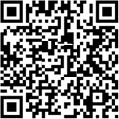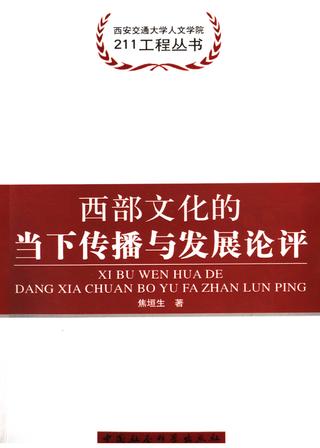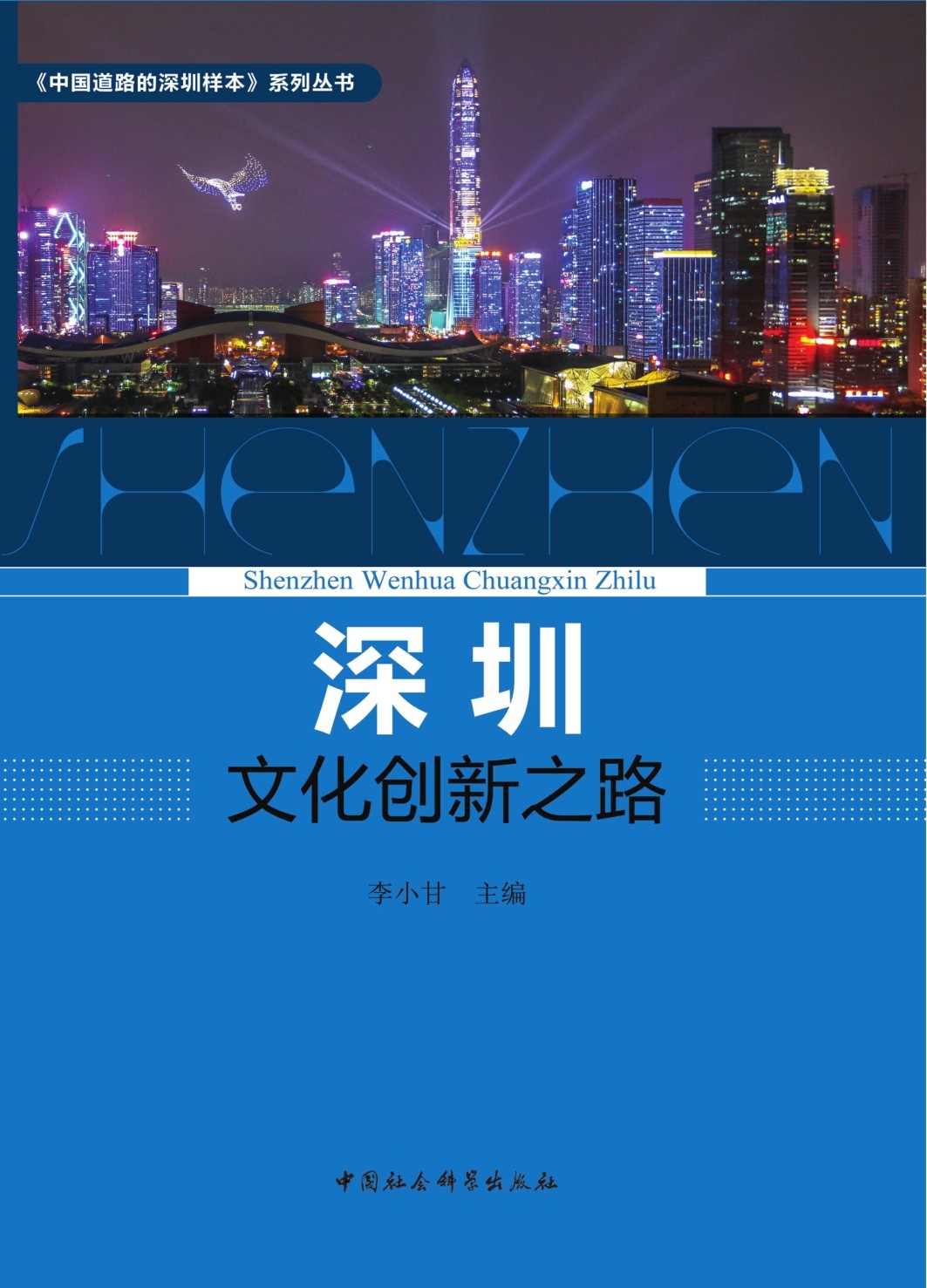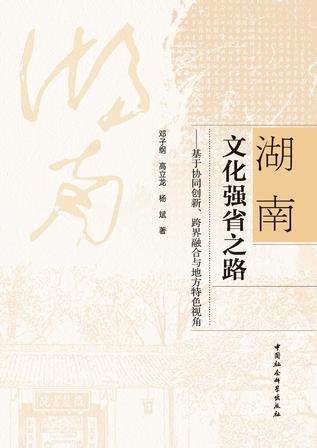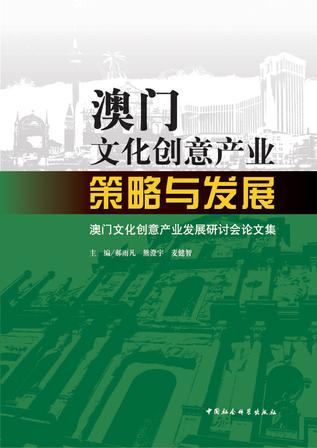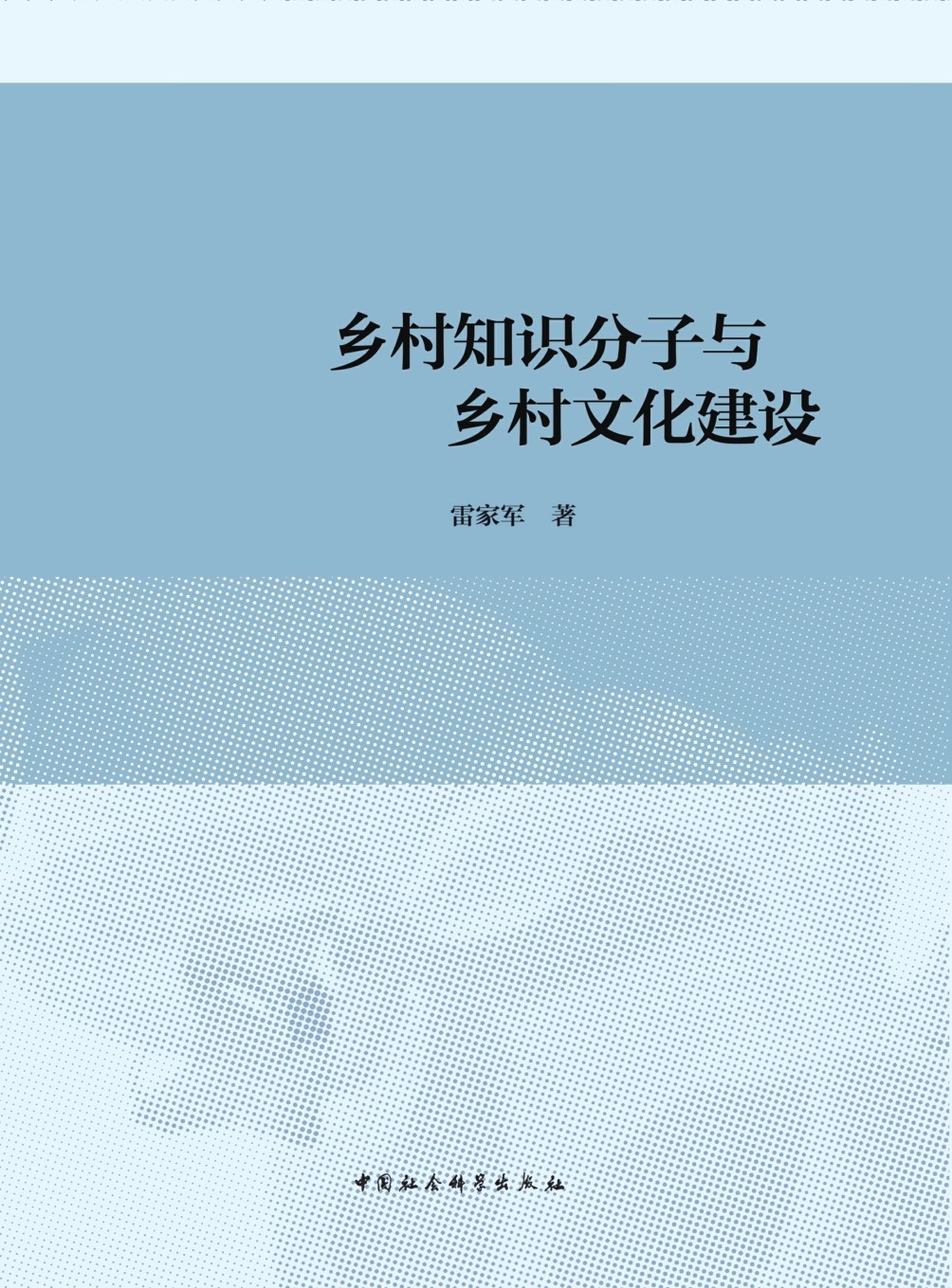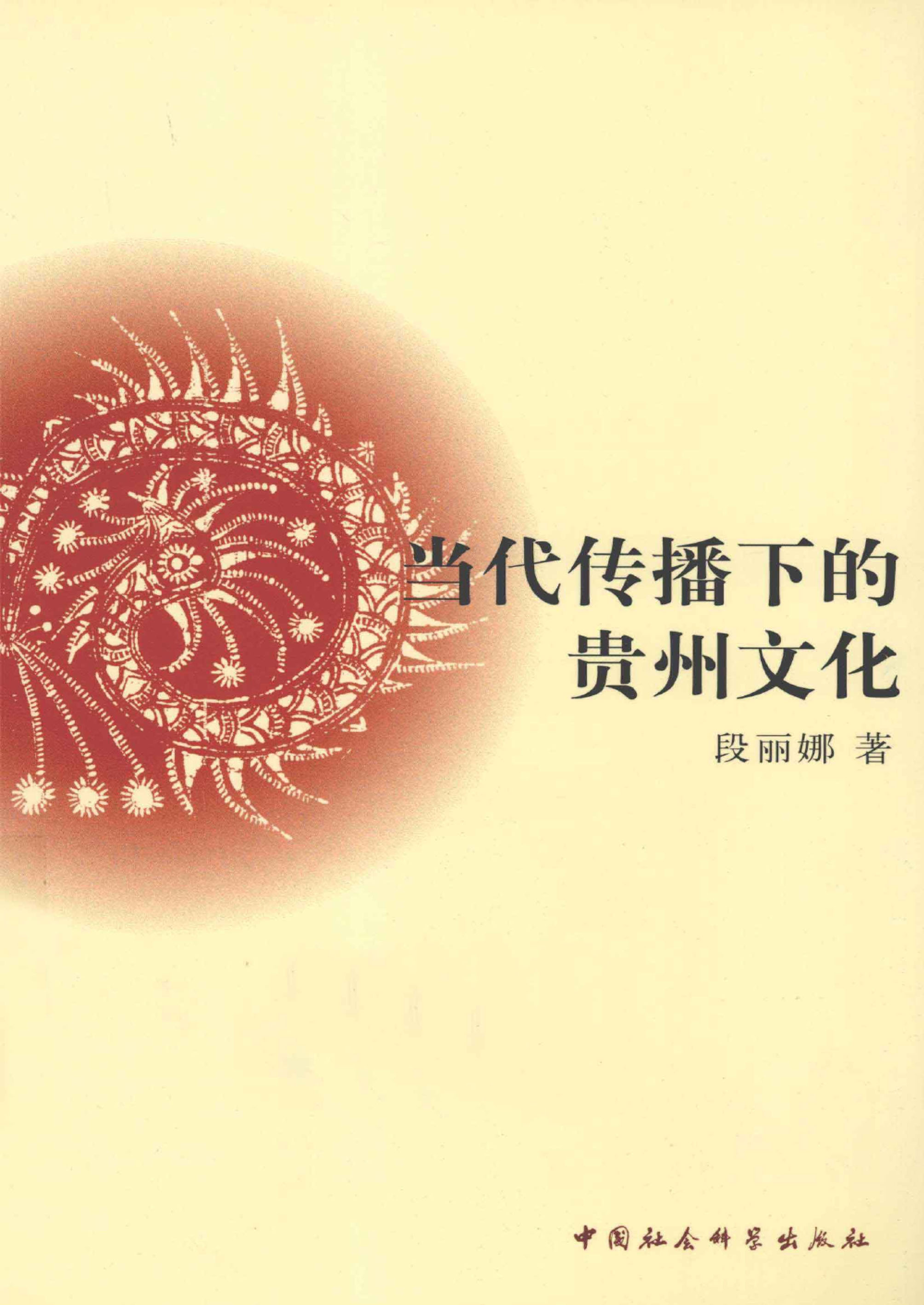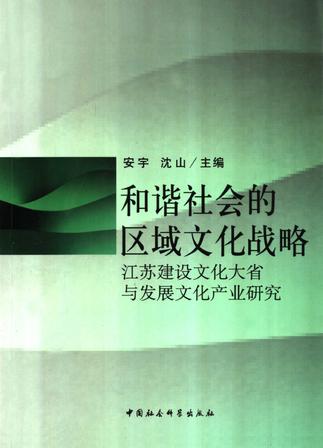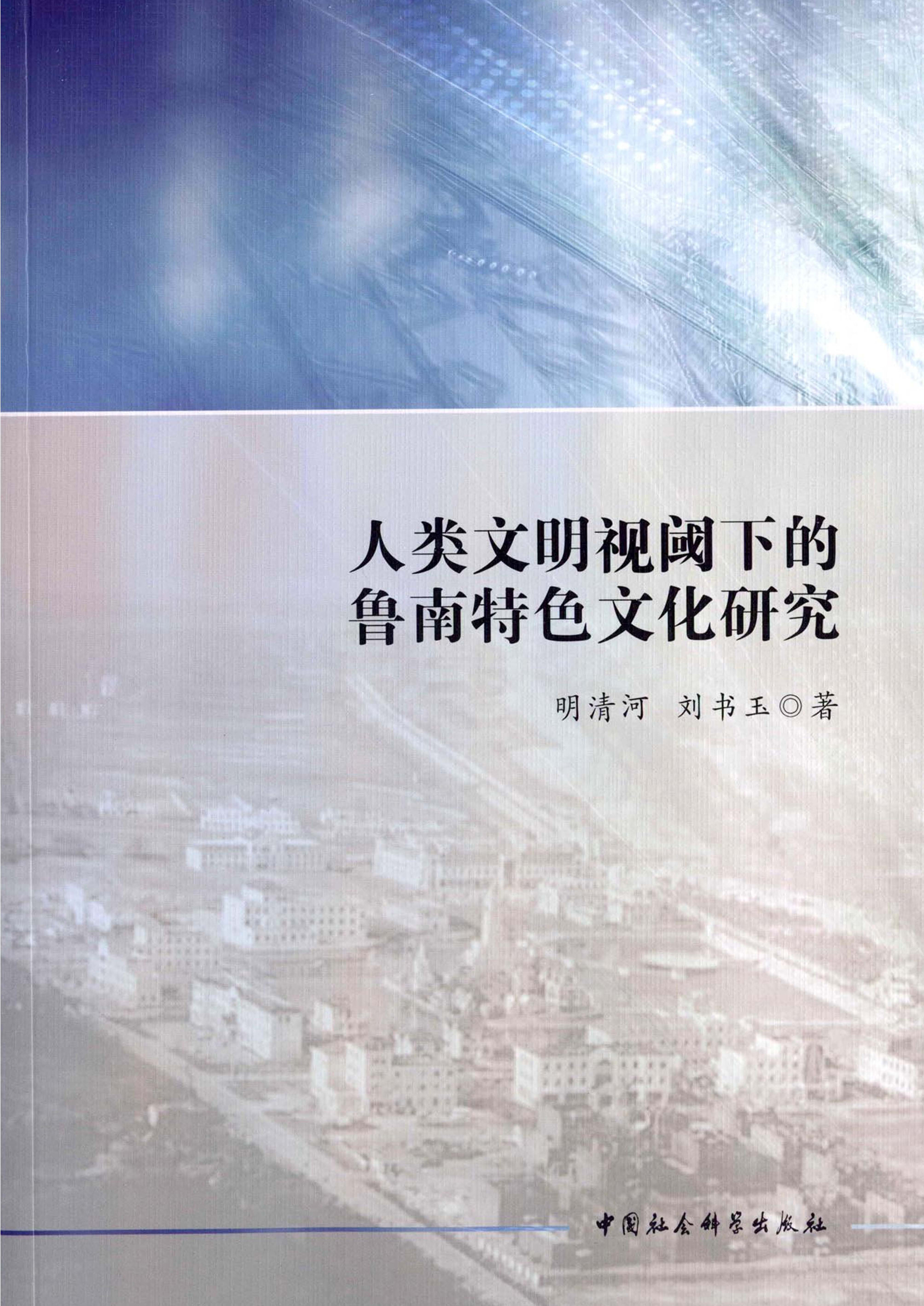内容简介
作者简介
目录
Since the start of China's urbanization and industrialization process in mid-1980s,the rural to urban migration has broken the comparatively homogeneous and stable social and cultural structure that supported by thousands of years of traditional rural civilization and contemporary rural-urban dual hukou system of household registration established in 1958.New cultural communities of new urban migrants have arisen in urban China society.The Pearl River Delta became one of the earliest regions in China to implement urbanization that attracted workers from all over China,and also the severest region where cultural conflict and transformation took place.Thus the region is also the place where Dagong Literature,or Labour Literature,was born.The urban migrant writers who are called Dagong writers,bring new urban migrant culture into cities of this region.The rise of urban migrant writers and their cultural identitity construction process through cultural conflicts and new urban experience has changed the cultural sphere and urban aesthetic cultural ecology.However,the fact has been overlooked for two decades in Chinese urban cultural studies.Researchers in contemporary Chinese literature are more concerned with the spirits of literary texts,while pay less attention to the relation between writers' cultural identies and literary creating,and the unique urban cultural ecology behind the texts,because the traditional text analysis and the theory deduction method cannot interpret the entirely new cultural and aethestic activites in contempopary urban culture.This book examines the urban cultural locale and urban cultural ecology of contemporary literature in the Pearl River Delta from a fresh angle,that of cultural identities of urban migrant writers.My destination is to explore these questions:how urban migrat writers escape from nongmingong identity,and construct their new cultural identies among severe conflicts and dialogue,through literarty writing and imagination,by using urban public cultural sphere and cultural production system?What's the role of urban migrant writers in producing subcultural identical space of urban new migrants?How a variety of factors and cultural powers influence their urban survivals and cultural creation,and what's more,influence their cultural identity construction?By answering those questions we will find the cultural process shrouded by mass media and mainstream imagination,understand deeply the diversity and heterogeneity of contemporary urban culture,and widen the view of urban cultural studies and literary studies;while reveal the subject transition of urban new migrants which present in microcosmic aesthetic area in sharp rural and urban social changes in China,and explore the uniqueness and indigenous experience of urban cultural production.This research belongs to contemporary urban cultural studies and it is an interdisciplinary creative study based on the development of aesthetics of literature and arts in recent years.Expert for resources of traditional aesthetic theory and contemporary literary studies,this thesis also uses theories and methods from areas of cultural studies communication,sociology,and anthropology.My data is derived from in-depth interviews with nearly twenty urban migrant writers and analysis of the literary texts written by these writers.My argument is that:the cultural identy of urban migrant writers is a tool for them to fuse into cities and get the urban resources.However,the construction of this identity is through all kinds of these factors:the main imagination of mass media,urban cultural sphere,and aesthetic power,and the process of construction the urban migrant writers themselves by literary production and literary imagination.It is a resistance to cultural identity of nongmingong constructed by mainstream ideology and mass media.Except for introduction and conclusion,the whole thesis consists of three parts,seven chapters.Part I OriginThis part consists of Chapter one and Chapter two.Chapter one first examines cultural environment and the orginal identities of urban migrant writers,that is,the imagination of nongmingong community and identities constructed by mainstream ideology through image production of mass media.Urban elites and indigenous people see urban migrants from the images created by mass media and shape their others' identities towards urban migrants,which influence how the urban new migrants look at themselves and shape their cultural identities.Chapter two then analyses the cultural identity crisis which urban new migrants face,and portrays the urban migrant writers cultural community which is born in identity resistance and and breakout.Part II BecomingThis part consists of Chapter three,Chapter four and Chapter five,and discuss the process of how the urban migrant writers creat new identities by using the public cultural spaces and literature production.Chapter three first outlines the urban migrant writers' life and experiences in the urban villages and describes how urban villages have become urban migrant spaces.Chapter four then discusses how urban migrant writers reconstruct their own cultural identities through writing and creating literary images.Chapter five analyzes the unique literary product system of Dagong Magzines,which creat urban writers from urban workers.At the same time,the mainstream literary community plays an import role in constructing urban migrant writers' cultural identities by naming“Dagong Literature”and“Dagong Writers”.Part III DisintegrationThe part consists of Chapter six and Chapter seven.Chapter six analyzes the disintegration and“death”of the Dagong Magzines,which means,the cultural spaces of identy transformation for urban migrant writers have deceased.Chapter seven discusses the current that the aesthetic power of government accepts urban migrant writers.In order to make a living and gain the resoures of cities,parts of urban migrant writers become part of the mainstream writers.However,the identity of“Dagong”tag makes them different and be discrimi nated by other mainstream writers.Those who refuse to belong to main stream literature group,and the new generation of urban migrant writers,step into a new literary market.Key words: urban migrant writer;urban new migrant;cultural sphere;cultural identity;aesthetic power;Pearl River Delta
全部显示∨
上编 缘起第一章 “农民工”的诞生:主流建构与媒体表征第一节 大众传媒的都市新移民共同体想象
第二节 他群认同与城市他者形象的固化
第二章 从“农民工”到“作家”的身份抗争第一节 城乡文化冲突与多元身份认同危机
第二节 成为“打工作家”:生存困境与身份突围
中编 形成第三章 文化现场:“打工作家”与城中村第一节日常生活、写作与文人交际
第二节 本土与新移民的文化冲突
第三节 从物理空间到文化心理空间
第四章 文学形象:城市、乡土与自我第一节 想象的空间:异乡人的城市地图
第二节 城市意象的多重面孔与身份焦虑
第三节 乡愁:故园想象与乡土认同
第五章 身份转型:打工杂志与“打工作家”的生成第一节 文学期刊市场化和打工杂志的兴起
第二节 打工作家与打工杂志的文学生产
第三节 打工文学趣味的传播、流行与群体认同
第四节 文学评论界与“打工作家”的身份命名
下编 分化第六章 “打工”文化认同空间的衰落第一节 打工杂志的命运:从分化到消亡
第二节 新媒体、打工族受众审美趣味分化的挑战
第三节 自由写手及身份认同的三岔路口
第七章 “打工作家”文化群落的分化第一节 主流文学审美权力认同:从“边缘”到“中心”
第二节 城市形象与文化新移民身份的获得
第三节 “主流”认同的喧哗与尴尬:为承认而斗争
第四节 “非主流”与新生代:走向新的文学卖场
结语
参考文献一 著作类
二 论文类
三 报刊类
四 电子文献类
附录
作家学术索引
后记

